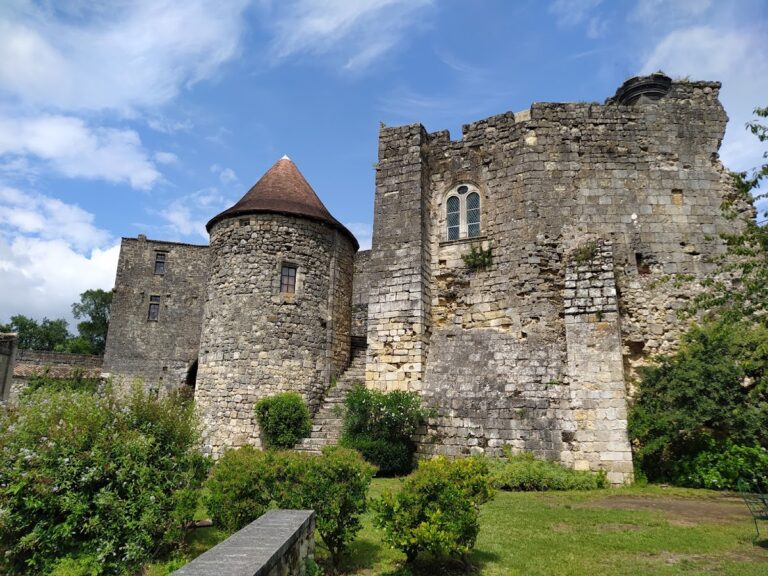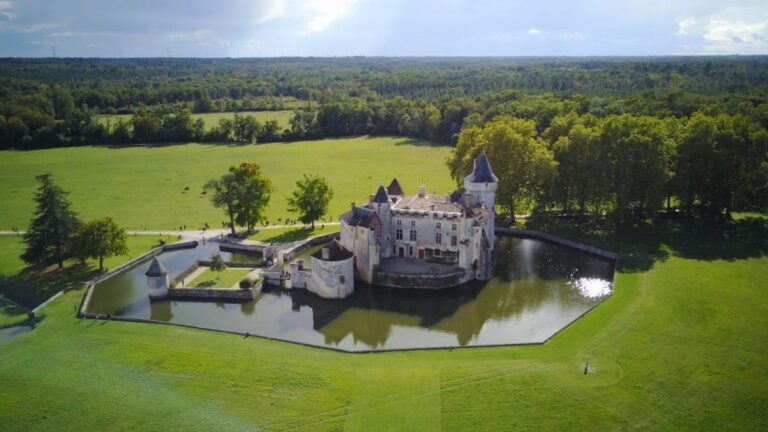Château de Rayne-Vigneau: A Historic Bordeaux Wine Estate in Bommes, France
Visitor Information
Google Rating: 4.8
Popularity: Low
Google Maps: View on Google Maps
Official Website: www.raynevigneau.fr
Country: France
Civilization: Unclassified
Remains: Military
History
Château de Rayne-Vigneau is located in the municipality of Bommes, France. Its origins trace back to the late 17th century, firmly rooted in the viticultural traditions of the Bordeaux region. The estate’s earliest recorded owner was Gabriel de Vigneau in 1685, marking the beginning of its known history.
In 1681, Étienne de Vigneau allied the property with the prestigious Yquem lineage by marrying the daughter of the lord of Yquem, thereby assuming control of the estate. Ownership later transferred to the Duffour family, who held the property from 1742 until 1834. That year, Catherine de Rayne, baroness and born into the de Pontac family, acquired the château. Following her passing, the estate was inherited by her nephew Vicomte Gabriel de Pontac. He added his family name to the estate’s title, renaming it Vigneau-Pontac, a nod to its dual heritage.
At the close of the 19th century, further changes took place under Albert de Pontac, Gabriel’s nephew. In 1892, he renamed the property Château Rayne-Vigneau to honor the baroness Catherine de Rayne. This period also saw a revival of the vineyard, with replanting efforts underway between 1893 and 1914 as a response to the devastating phylloxera epidemic, a pest outbreak that severely impacted European vineyards.
Following Albert de Pontac’s death in 1922, stewardship of the estate passed to his son-in-law, Vicomte Gabriel de Roton, who managed the property on behalf of Albert’s four daughters. The Roton family maintained ownership of the château and its surrounding park for several decades. The vineyard itself changed hands in the mid-20th century: Georges Raoux purchased it in 1961 before selling it to the Mestrezat-Preller company in 1971. This company undertook significant restructuring of the vineyard and carried out a comprehensive renovation of the wine cellars in 1982.
Entering the 21st century, the estate was acquired by Crédit Agricole in 2004. Eleven years later, in 2015, ownership shifted to the group Trésor du Patrimoine. Despite these changes, the château and its park have remained in the possession of descendants of François de Roton. Reflecting its cultural and historical significance, the château and its park have been officially protected as historic monuments since April 19, 2004.
The estate holds the distinction of being classified among the Premier Grand Cru Classé wines in the 1855 Bordeaux classification, a mark of high quality in sweet wines from the Sauternes area. Notably, the 1861 vintage received a gold medal at the 1867 Universal Exposition, underscoring the estate’s longstanding reputation in viticulture. The vineyard itself covers roughly 80 to 84 hectares, with grape varieties primarily including Sémillon, Sauvignon Blanc, and Muscadelle. Its careful production involves multiple selective hand harvests to gather grapes affected by “noble rot,” a beneficial form of mold encouraged by the local microclimate created by the nearby Ciron river.
Remains
The Château de Rayne-Vigneau estate is comprised of several architecturally and historically significant components arranged within a landscaped park. Central to the property is the château building, reconstructed in 1865. This building showcases an eclectic architectural style shaped by Louis-Michel Garros, blending elements drawn from neo-Renaissance, neo-Gothic, and Louis XVI influences into a unified design that reflects 19th-century tastes.
Surrounding the château is its park, which encompasses both aesthetic landscaping and functional facilities related to wine production. Within this park, the wine cellars, or chais, serve as essential spaces for fermentation and storage. These cellars underwent a thorough renovation in 1982, enhancing their suitability for maintaining the wine’s quality. Close by the cellars stands a dovecote, a traditional pigeonnier, which historically could have served both practical and status-related purposes.
All these components—the château, its park, and the associated wine production structures—have been recognized under French heritage protections since their historic monument classification in 2004. This status helps preserve the estate’s architectural integrity and its cultural legacy as a notable example of a Bordeaux wine property with origins stretching back over three centuries.










